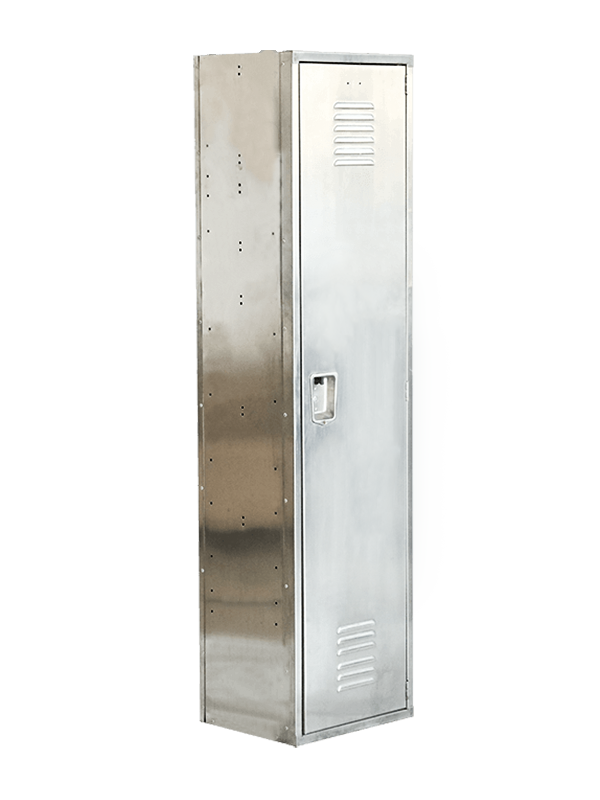Preventing safety hazards associated with stainless steel lockers is essential to ensure the well-being of users and the integrity of the locker system. Here are several steps you can take to prevent safety hazards:
Regular Inspections: Implement a regular inspection schedule for all stainless steel lockers. This should include checking for loose or damaged components, malfunctioning locks, and any potential hazards. Inspections should be carried out at regular intervals, such as daily or weekly, depending on usage and environmental conditions.
Tighten Loose Fasteners: Loose screws, nuts, bolts, and other fasteners can pose safety risks. Ensure that all fasteners are properly tightened to secure locker components in place. Use the recommended tools and torque specifications provided by the locker manufacturer to prevent over-tightening or under-tightening.
Address Damaged or Worn Components: Replace or repair any damaged or worn locker components immediately. This includes hinges, latches, handles, and locks. Damaged components can lead to malfunctioning locker doors or pose hazards to users.


Educate Users: Provide clear instructions to users on locker safety and proper usage. Encourage users to report any issues they encounter, such as loose hardware or malfunctioning components. Users should also be reminded not to overload lockers, as this can cause doors to become unhinged or create other safety hazards.
Proper Locker Installation: Ensure that lockers are properly installed according to manufacturer guidelines. This includes securing lockers to the floor or wall as necessary to prevent tipping or instability. Proper installation is especially important for taller lockers or those located in areas with heavy foot traffic.
Locker Room Layout: Design the locker room layout to provide sufficient space between lockers to prevent overcrowding and allow users to access their lockers safely. Adequate space around locker doors and walkways is important to prevent accidents.
Adequate Lighting: Ensure that the locker area is well-lit. Insufficient lighting can lead to accidents and make it difficult for users to see and access their lockers safely.
Ventilation and Cleanliness: Proper ventilation in locker rooms helps prevent mold and mildew growth, which can pose health hazards. Regular cleaning and maintenance of the locker area help maintain cleanliness and safety.
Safety Signage: Install safety signage in the locker room to remind users of proper locker room etiquette and safety practices. Signage can also provide instructions for reporting safety concerns.
Emergency Procedures: Establish emergency procedures for the locker area, including protocols for accidents or injuries. Ensure that users and staff are aware of these procedures.
User Training: Provide training to staff responsible for maintaining lockers. They should know how to inspect lockers for safety hazards and address any issues promptly.
User Feedback: Encourage users to provide feedback on locker safety and functionality. Users may identify safety concerns that are not immediately apparent to staff.
By taking these preventive measures and maintaining a proactive approach to locker safety, you can reduce the risk of accidents and safety hazards associated with stainless steel lockers. Regular inspections, maintenance, and user education are key components of a safe and reliable locker system.

 English
English 中文简体
中文简体












